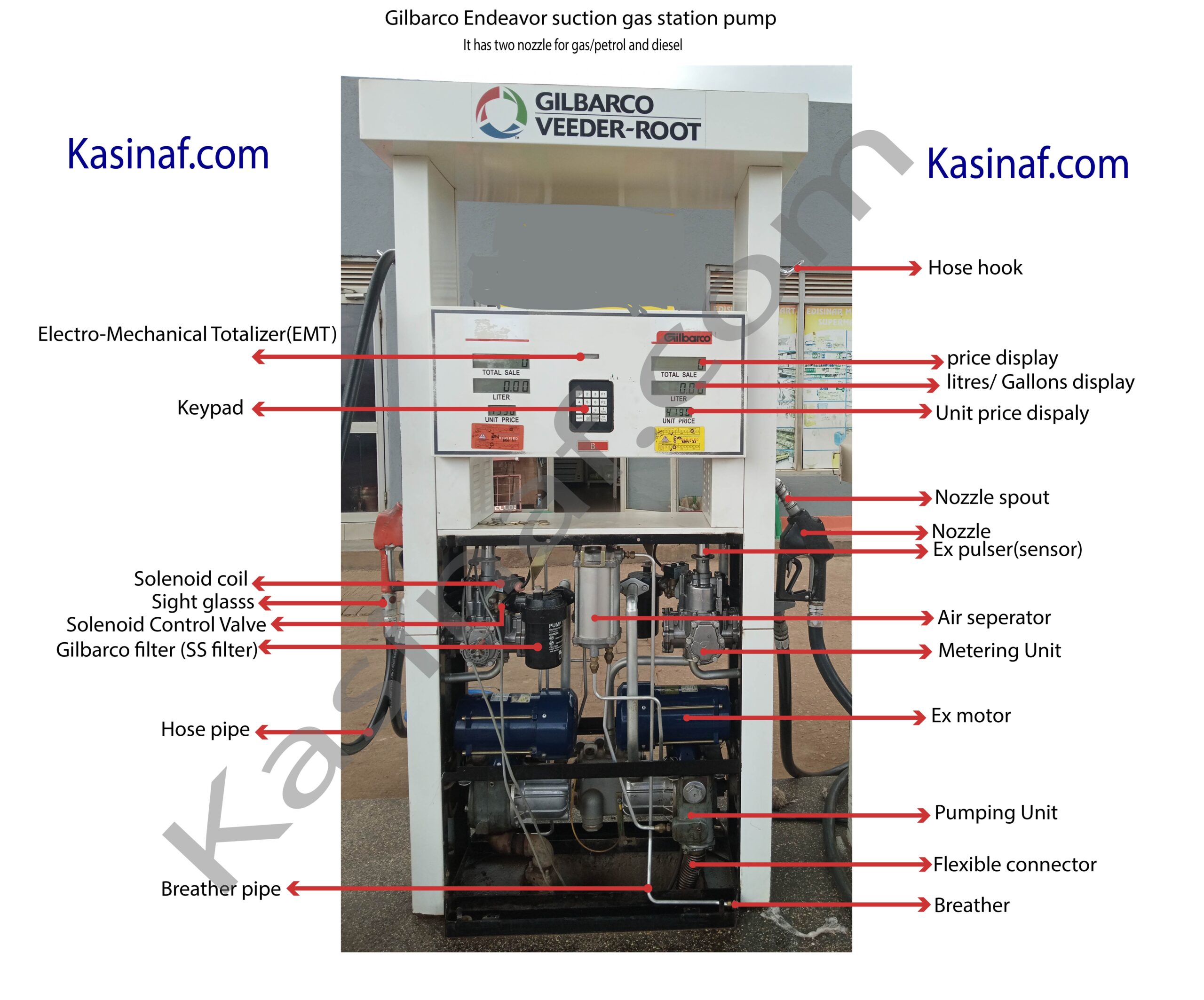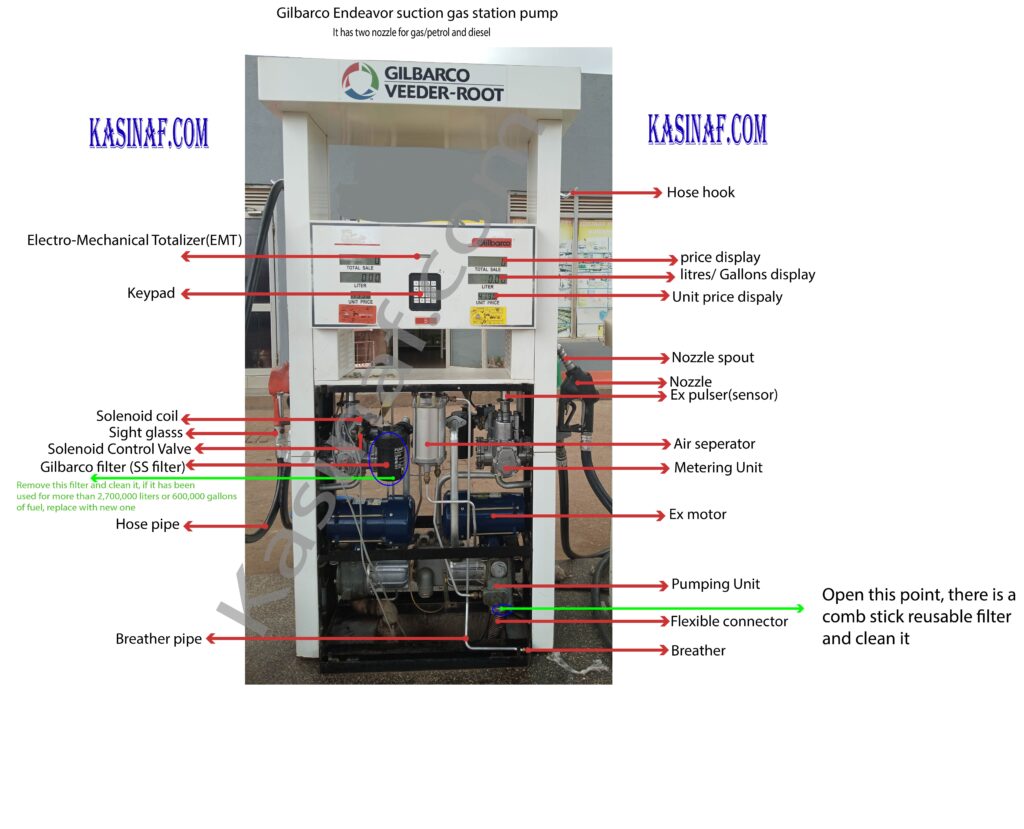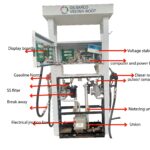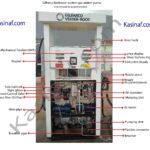In the bustling world of gas stations, maintaining an uninterrupted supply of fuel to customers is paramount. However, one critical challenge that can disrupt this flow and impact business operations significantly is encountering “dead stock” in fuel tanks. This situation arises when fuel levels in underground tanks drop below a usable level, potentially halting the fuel dispensing process and, by extension, sales. This article delves into understanding dead stock, its implications for gas station operations, and effective strategies to mitigate this issue.
What is Dead Stock in fuel tanks?
Dead stock in the context of gas station fuel tanks refers to the volume of fuel that remains in the tank but cannot be pumped out. This scenario typically occurs when fuel levels fall below the suction line of the pump system. The immediate consequence is an interruption in fuel availability, which can lead to a temporary shutdown of services, inconveniencing customers and affecting the station’s revenue and reputation.
The Role of Monitoring and Measurement
The first line of defense against the challenge of dead stock is rigorous and regular monitoring of fuel levels. This is where the role of a well-calibrated dip stick comes into play. By accurately measuring the amount of fuel in the tank, station operators can determine whether the levels are approaching the dead stock threshold. This proactive approach enables timely decision-making regarding fuel reordering and delivery schedules, ensuring that tanks are refilled before reaching critically low levels.

Refilling Before Reaching Critical Levels
Upon confirming that a tank’s fuel level is nearing or below the dead stock level, immediate action is required to refill the tank. It’s essential to replenish the fuel supply to a point well above the dead stock level to ensure a continuous flow of fuel to dispensers and pumps. This not only prevents operational disruptions but also safeguards against potential damage to the pump system that might occur if it runs dry.
Strategies to Mitigate Dead Stock Risks
- Regular Inventory Checks: Implementing a routine schedule for checking fuel levels can help in early detection of decreasing fuel supplies, enabling timely refilling actions.
- Automated Monitoring Systems: Modern technology offers sophisticated systems that can automatically monitor fuel levels and alert operators when levels approach the dead stock threshold, reducing the reliance on manual checks.
- Strategic Ordering Practices: Establishing a robust ordering strategy that accounts for delivery times, consumption rates, and potential supply chain delays can ensure that fuel supplies are replenished well before reaching critical levels.
- Customer Communication: In instances where fuel supply issues are imminent, transparent communication with customers about the situation and expected resolution times can help maintain trust and loyalty.
Conclusion
Dead stock in gas station fuel tanks presents a significant operational challenge, potentially disrupting service and impacting business continuity. However, with vigilant monitoring, strategic planning, and the adoption of modern technology, gas stations can effectively manage fuel levels, mitigate the risks associated with dead stock, and ensure a steady and reliable fuel supply to their customers. As the industry continues to evolve, adopting these best practices will be crucial for maintaining operational efficiency and customer satisfaction in the competitive fuel retail market.










